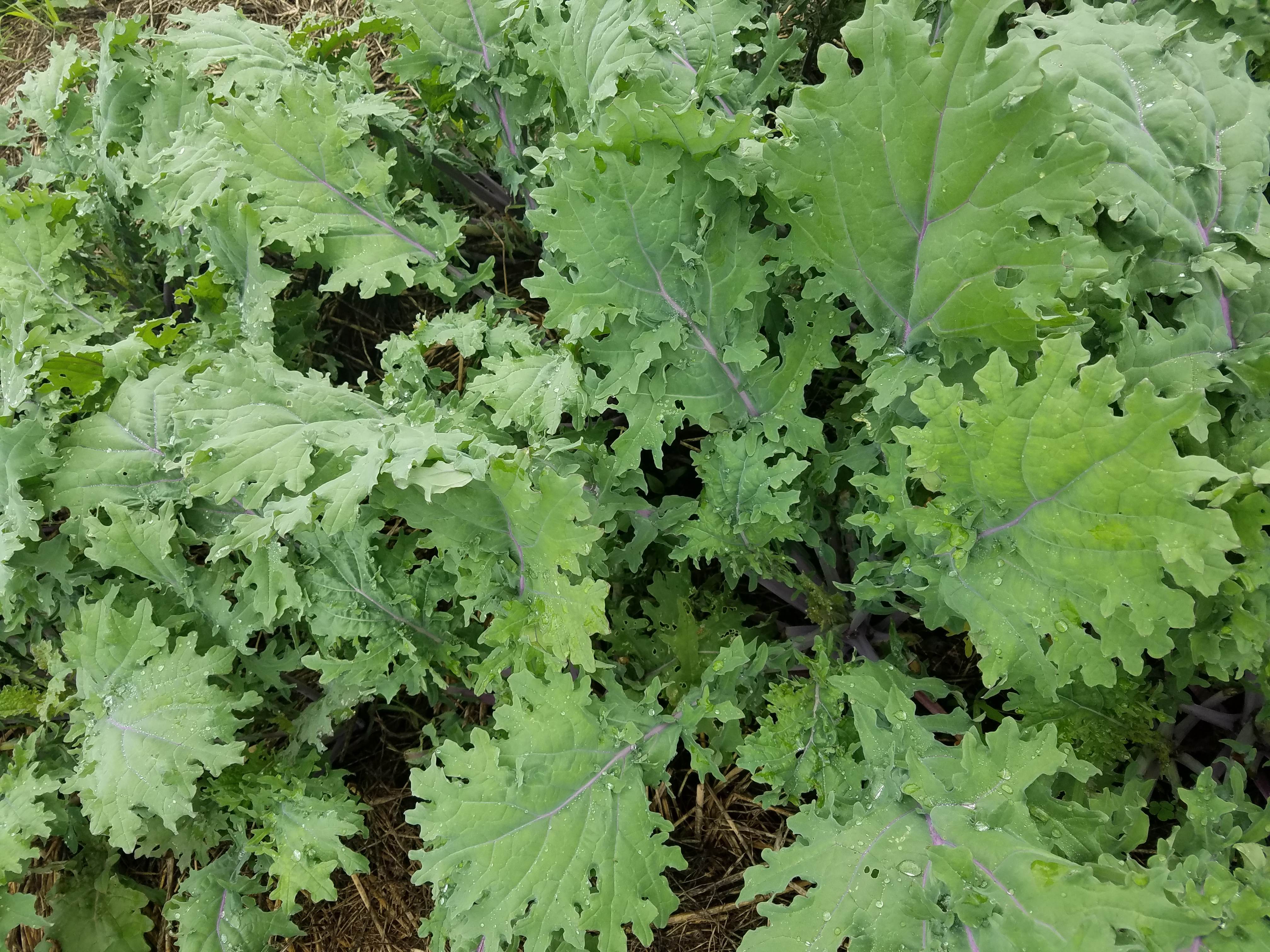I wanted to talk a little about our chickens and their eggs this month. There is a lot of confusion relating to eggs and their nutrition levels. The egg council and its incredible edible egg campaigns would have you believe that eggs are a wonder food that you should eat every day. But many doctors, particularly heart health oriented doctors, focus on the relatively high fat and cholesterol levels and counsel against eggs entirely. The USDA does publish a guideline on nutrition that is based on “average” values they found when they did their testing. But the USDA values raise more questions for me than they resolve. My big issue is what is an “average” egg? And is that representative of the eggs we are raising?
Most eggs come from large industrial operations. The focus is on the efficiency of the operation. Their size maximizes economies of scale with large confinement operations buying supplies in bulk. Food costs are minimized by utilizing surplus materials from many sources as feed ingredients. Nutritional content is scientifically determined to minimize costs while maximizing production. Breeds are carefully selected for their egg production and ability to survive an industrial setting. Modern layers actually lay so many eggs that typically their health is under pretty severe stress and they are very short lived. Feathers, muscles, bone structure are all compromised to some degree to get more eggs. Confinement conditions usually require de-beaking or removing beaks to prevent chickens from damaging each other by pecking. Food, while cheap, must also be medicated to help survival rates in close confinement conditions where disease and pathogenic bacteria easily spread and thrive. It is a remarkable system that allows eggs to be sold for a couple of dollars per dozen. Just for fun, I looked up egg prices back before all these efficiency improvements. Back in the 1920’s, standard egg prices adjusted to current inflationary prices were approximately $12/dozen or $1.00 per egg. Hard to believe. In some ways, it makes sense when you consider that a couple of eggs make up the protein of a meal for an adult. $2.00/serving of protein is not far off from many other fish and meat products today. But it is clear that the efficiency of the industrial egg operators certainly has changed the dynamic completely. Eggs are incredibly cheap today. One need only look at the fast food menu to see how inexpensively they can be prepared as an egg sandwich.
The egg producing industry groups steadfastly maintain that all eggs are the same regardless of how they are raised. But if one looks closely at this language, what they are really saying is that the nutrition of a chicken’s eggs are highly dependent on the chicken’s diet. Producers make claims of more nutrition by changing the diet to add more beta carotene for example. “Free range” legally simply means that chickens have access to the outdoors. But if the diet is the same and the “outdoor” access is to a dirt pen or a concrete pad, the eggs produced are nutritionally the same. Similarly, “organic” eggs mainly means that the feed used is organically based. Again, if the nutrition of the feed is the same, the eggs will be the same. The bottom line is that the only way to know if the eggs you buy are “better” is not their price but rather knowing what the chicken eats when it is producing its eggs. Not easy in a grocery store with tons of brands at widely different prices all touting some “benefit” that may be marketing hyperbole rather than real.
So what can we tell you about our eggs? We raise them in a way that is not very efficient at all. We give them ridiculous amounts of space to hunt and peck about in. Our chickens eat lots of greens and love every kind of bug that comes anywhere near them. The feed blend we give them is an organic mixture of grains and legumes that we purchase from a Virginia grain mill called Countryside Organics. Unfortunately, it costs about twice what “regular” feed costs and probably many times the cost of the commercial mash fed at a more industrialized operation. But honestly, if they could, I think our chickens would ignore their food rations completely and just eat the “stuff” they scratch up and find. I am amazed at how much grass they eat. They eat it like spaghetti noodles. Typically behind each tractor, it looks like everything has been mowed. If I leave them in place too long, they take everything and leave a bare dirt area.
Our eggs have never been nutritionally tested. The best I can do is report on some testing results on other flocks that I think are more closely related to ours and how they are raised (http://www.motherearthnews.com/uploadedFiles/Eggs%20chart.pdf). For the last couple of years, there have been several research studies on the impact of pasture and varied diet on egg nutrition. Here is what they typically find – eggs raised by chickens with free access to pasture and a varied insect diet typically have fairly dramatically more nutritious eggs. Almost all nutritional elements were enhanced. Vitamin E levels went up nearly 4 times over commercial eggs. Vitamin A doubled or tripled. Beta carotene levels were nearly 8 times that of commercial eggs (not surprising given the color of the yolks). All the while saturated fat declined by about 25% and Cholesterol levels dropped by about 1/3 or 33%. In short, the “bad” stuff that we worry about declined and the “good” stuff went way up. I know I am biased, but I think they taste better too!
I am not sure what our eggs are “worth”. We currently charge $4/dozen. So far, that is not yet covering our costs. To be fair, that is largely because our second group of hens is only just starting to lay now. We are hopeful that with spring and bug seasons coming, their feed levels will drop low enough that they will begin to pay for themselves soon.
But clearly we do not raise laying chickens for their profit potential. We have chickens for what they bring to our farm. They do clear beds for us when we drag their tractors down the rows. We have to be careful that this is only in the winter so the ground has plenty of time to compost their droppings before we grow crops (we allow 120 days of “rest” before we harvest any food crops where the chickens have been). This year we are experimenting with bringing the hens out to the pasture and letting them “free range” to add nutrition to our pastures and presumably our hay mulch that we use throughout the farm. We will have to see how many we lose to hawks and predators. But more than all of this is the richness that having chickens adds to our farm. From the roosters crowing, to the happy cackling when each hen lays her egg, to the truly strange noises the hens make when they are excited to move to new pasture or get new foods from us. It all makes our farm seem more real and a more exciting place to be.
We hope you enjoy our eggs. Please let us know if you want to be added to our “egg” waiting lists. We hope to keep adding layers until our production is enough to satisfy all our customer needs. Right now we have about 50 layers producing about three dozen eggs a day. That means we only have space for about 20 customers each week. But if you think you might be interested, please let us know and we will start planning accordingly.
Thank you as always for your support. If you have any questions or thoughts on this subject – I would love to hear from you. Until then, I hope you stay healthy and happy.
Cricket.

